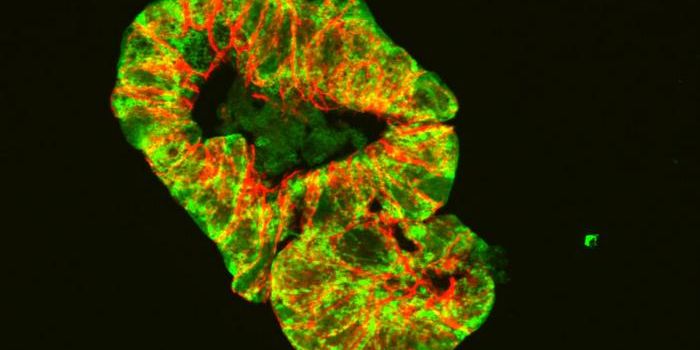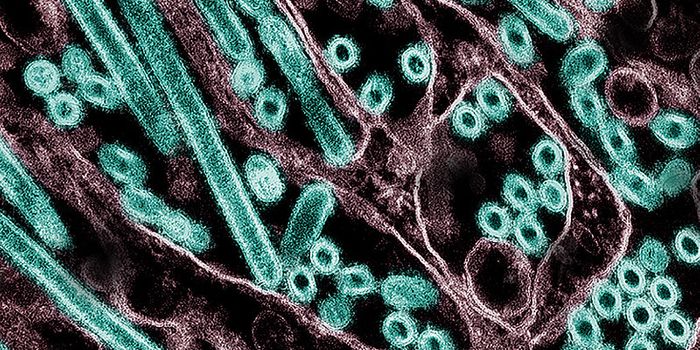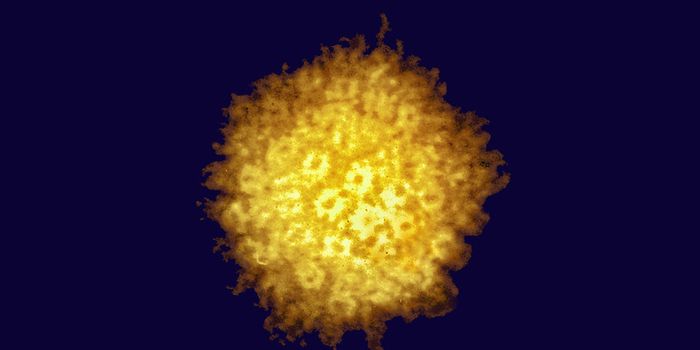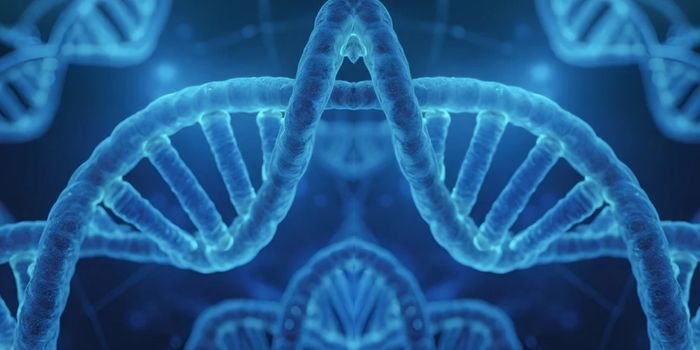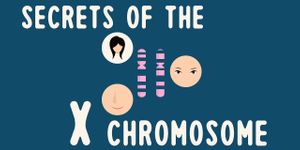Modulating Gene Expression in the Microbiome
Researchers have collected enough evidence to know that the community of microbes that resides in out gastrointestinal tract, the gut microbiome, has a major impact on human health. These bacterial communities have genomic material of their own that is far more plentiful than our own genetic material. While we can assay what bacterial species are living in guts based on genetic sequencing, that huge amount of material can interfere with precise investigations of exactly what effects the microbiome has on a variety of disorders such as obesity, autoimmune and infectious diseases, or behavioral issues.
To address that problem, investigators at Yale University have created new techniques for manipulating gene expression in a wide array of bacterial species that can reside in the microbiome. This could be a crucial breakthrough in understanding the influence and effects of gut microbes. The findings have been reported in Cell, and are outlined in the above video.
“We and others have been frustrated with the clumsy tools available for studying the microbiome — it felt like trying to perform surgery with boxing gloves,” explained the senior author of the report, Andrew Goodman, an Associate Professor of Microbial Pathogenesis at the Microbial Sciences Institute at West Campus. “We hope these new methods replace the boxing gloves with a scalpel.”
Related: Study Shows how a Modified Microbiome Causes Obesity
A research team that included first author Bentley Lim, as well as Michael Zimmermann and Natasha Barry of the Goodman lab, developed a “dimmer switch” that can control gene expression in the most common family of bacteria that lives in the human gut, Bacteroides. The researchers have utilized a synthetic chemical that is not present in mice or in their normal diet. Incredibly, the presence of this chemical can turn gene expression up or down or even off. Just by adding or removing this molecule from the drinking water of mice, the research team was able to monitor gene activity in the gastrointestinal tracts of live mice, in real time.
The scientists tested their tools, aiming to investigate how pathogens take advantage of sugars that have been stripped from the wall of the gut as bacteria scavenge for food. They were able to determine how long the pathogens could use those leftover energy sources. Their data can help explain how it’s possible for antibiotics to actually increase the amount of those sugars that are available to pathogens; it may also aid in creating more effective treatments for combating infectious diseases.
“We can now study bacterial communities in various states and pinpoint specific genes and pathways involved in a variety of functions,” Lim said. “If we are to find ways to intervene in these processes, we must first understand them at this level.”


